 The Inuit culture is unique because these indigenous people live in the arctic regions of Greenland, Alaska, Canada, and Russia, places that test human survival abilities. That’s why their traditional costumes and the clothing tradition, in general, differ from those we’re used to. The Inuit outfits used to be made almost entirely from skins and furs of local animals. Of course, in our time, they don’t have to do it anymore and can use modern clothing. But we still have a chance to admire Inuit unusual traditional garments, beautiful in their skillfulness.
The Inuit culture is unique because these indigenous people live in the arctic regions of Greenland, Alaska, Canada, and Russia, places that test human survival abilities. That’s why their traditional costumes and the clothing tradition, in general, differ from those we’re used to. The Inuit outfits used to be made almost entirely from skins and furs of local animals. Of course, in our time, they don’t have to do it anymore and can use modern clothing. But we still have a chance to admire Inuit unusual traditional garments, beautiful in their skillfulness.
The fur and skin clothing of the Inuit is a key factor in ensuring their survival in the northernmost reaches of the globe. By survival, we mean a cultural and spiritual, as well as physical continuance with the ancestors.
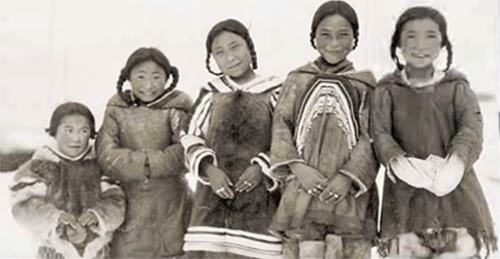
Group of Inuit children, about 1925
Its functional excellence and aesthetic properties make Inuit clothing a remarkable legacy to the human family.
“Our ancestors survived on the land and the sea depending only on animals. It was not always easy for them, but they survived through many dangerous journeys and bitterly cold winters. They not only survived for themselves, they also survived for the future”, says Mike Angutituak of Kangiqliniq, Inuit elder.
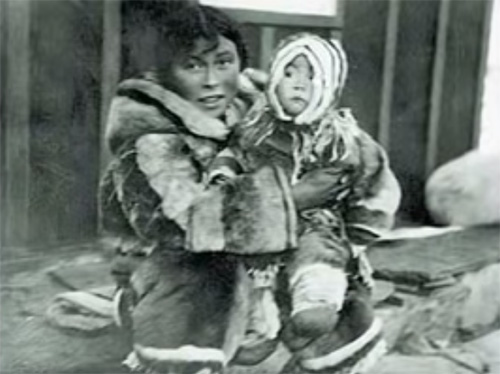
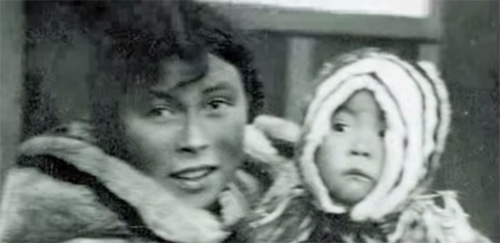
Woman holding child, Blacklead Station House, Nunavut, Canada, appr. 1925
The Inuit world is intercontinental. The over 155 thousand people who call themselves Inuit – their word for “human” – live in 4 circumpolar countries: Russia, USA, Canada, and Greenland.
The rich, complex, and sophisticated culture of the Inuit has endured in Arctic Canada for over 4,000 years. It has survived in one of the world's harshest climates while remaining in ecological and spiritual harmony with the environment.
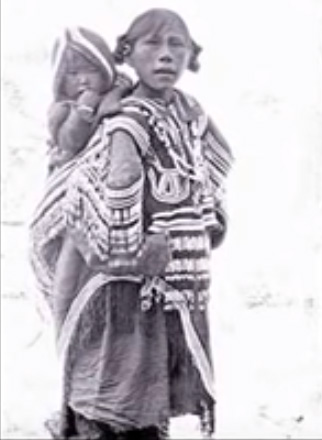
Inuit woman and child, wearing beaded parka. Southampton Island, Nunavut, Canada, 1925-1926
Inuit men and women shoulder together the responsibilities for food, clothing, shelter, child-rearing, and emotional sustenance. They carry forward their traditions of clothing production and sewing techniques, handed down from generation to generation over thousands of years.
By making and wearing skin clothing, the Inuit celebrate their accomplishments, show pride in being part of a unique, vibrant culture, and affirm their lasting connection to the natural and spiritual worlds of their ancestors.
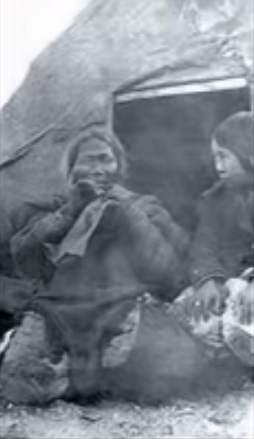
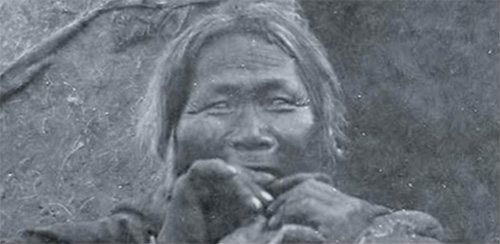
Chewing sealskin boots. Baffin Island, Nunavut, Canada, 1922
The McCord Museum collection of objects and photographs illustrating the Inuit art of sewing was gathered and donated by anthropologists, explorers, collectors, photographers, and other institutions from the 19th century to the present.

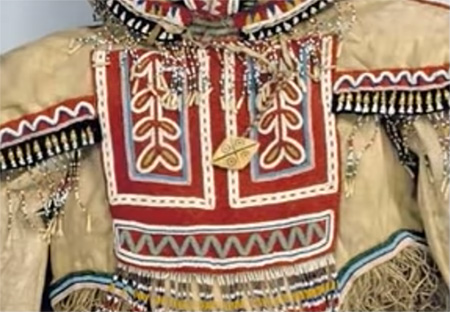

Unique Inuit parka called “amauti”, 1925-1935
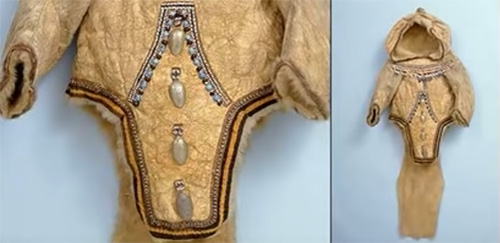
Another amauti, 1890-1897
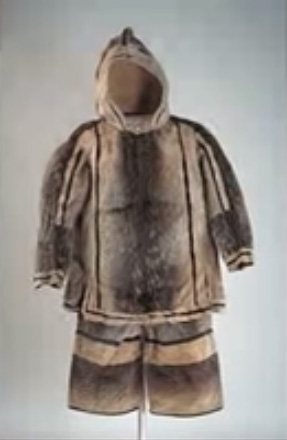
Parka and trousers, around 1897
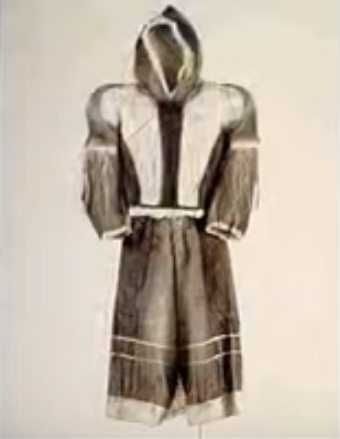
Parka and trousers, 1900-1930
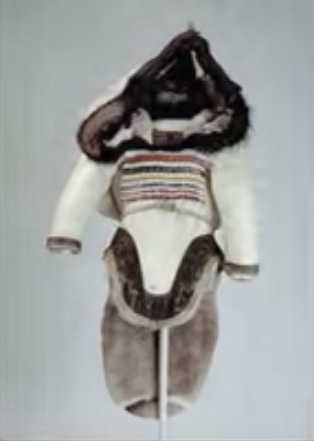
Unique Inuit parka called “amauti”, 1979
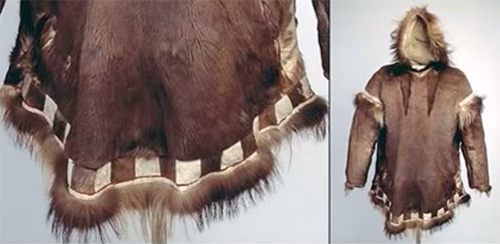
Parka, 1900-1905
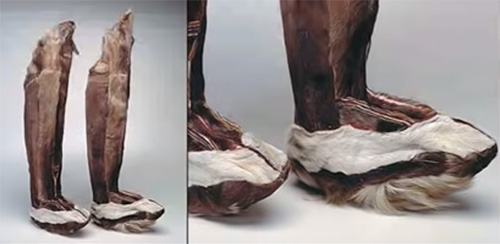
Boots, 1900-1930

Trousers, 1900-1930

Sampler (narrow strip of seal or walrus hide, embroidered with traditional patterns and used as a sample of embroidery design), 1900-1930
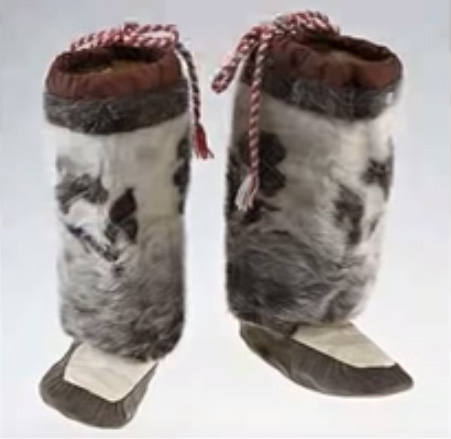
Boots, 1987
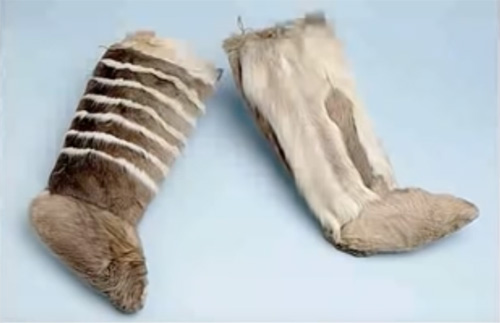
Stockings, 1900-1930
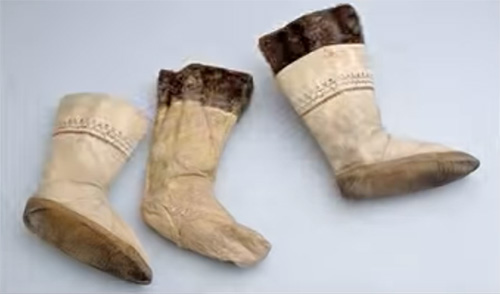
Boot liners (removable inner part of a boot, something in between a shoe and a sock), 1909-1910
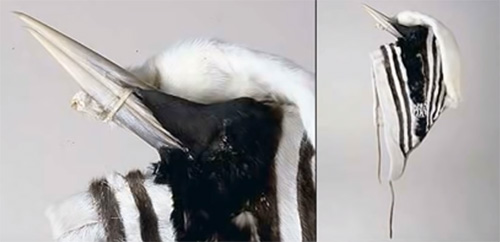
Hat, 1960-1975

Thimble (sewing tool), 1910-1915
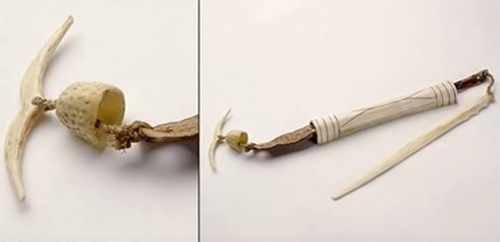
Needle case and attachment (sewing tool), 1910-1915
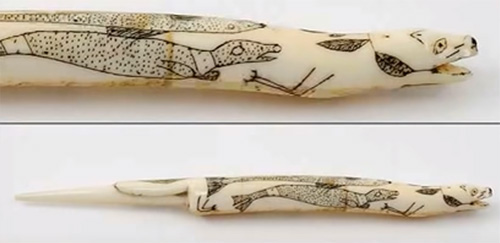
Awl (sewing tool), 1900-1915
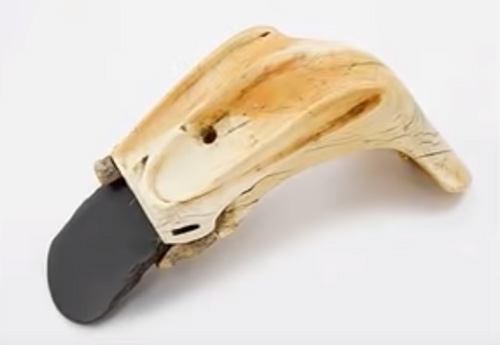
Skin scraper, 1900-1905
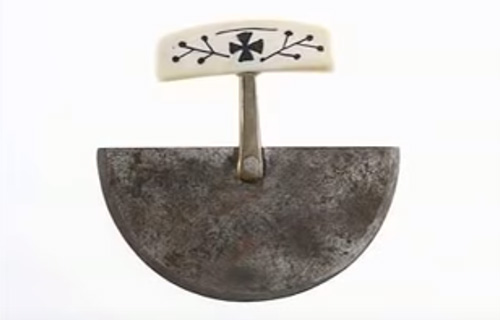
Ulu (Inuit traditional all-purpose knife), 1900-1930
(c)


